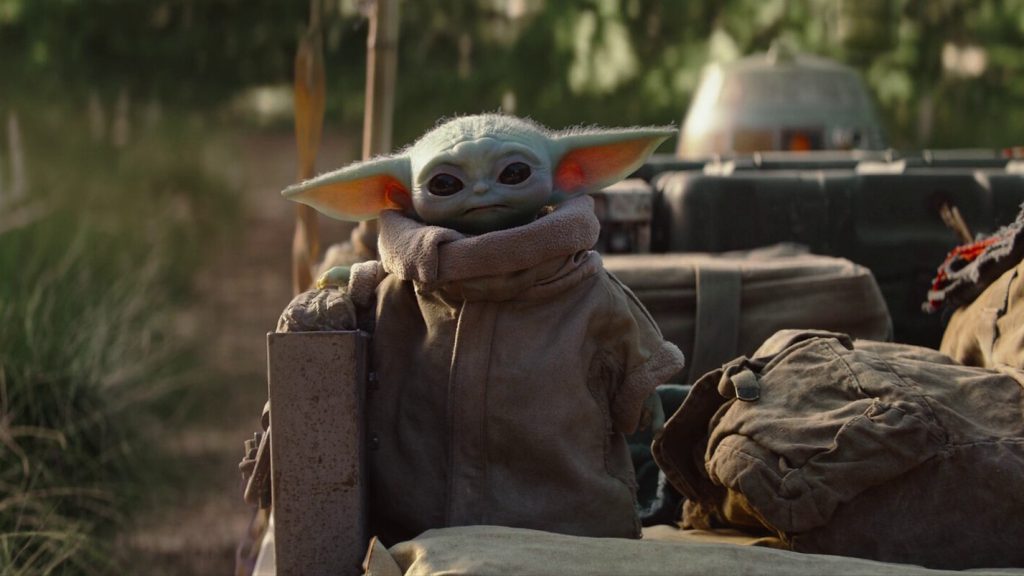
“Cuteness sells”, a common sentence that highlights the effectiveness of incorporating endearing elements to a product, in order to advertise it to a grander target audience. As Dale et al.(2016) argue, Cuteness is an aesthetic and a social phenomenon that doubles as a powerful marketing tool, and is very commonly used in design practices. Through a detailed set of characteristics, commercials and marketers trigger “aww factors”, or cuteness responses (p. 35). These features are often considered to be : “a relatively large head, (...), large and low-lying eyes, bulging cheek region, short and thick extremities (...), and clumsy movements” (p. 3). In the end, the emphasis of cuteness lies in its indication of extreme youth, vulnerability and harmlessness (Granot et al., 2014).

To Miesler et al. (2011), product designers make use of intrinsic human qualities, and our sensitivity to human features, as a way to emotionally connect the consumers to the product they are selling. Juvenile characteristics appeal to children because they can see themselves in the object, and appeal to adults as it trigger their instinct to nurture defenseless beings ( Miesler et al., 2011; Dale et al., 2016). Baby Yoda is a perfect example of this usage of cuteness to sell. Besides his alien-esque figure and color, Baby Yoda is notorious for his baby-like features. From his large eyes, to his short size, oversized ears and clothes, he falls into the “aww factor” category. These features play a substantial part in the popularity of “The Mandalorian”, as well as the popularity of the merchandise sold in its name (Hoke, Smit, 2022).